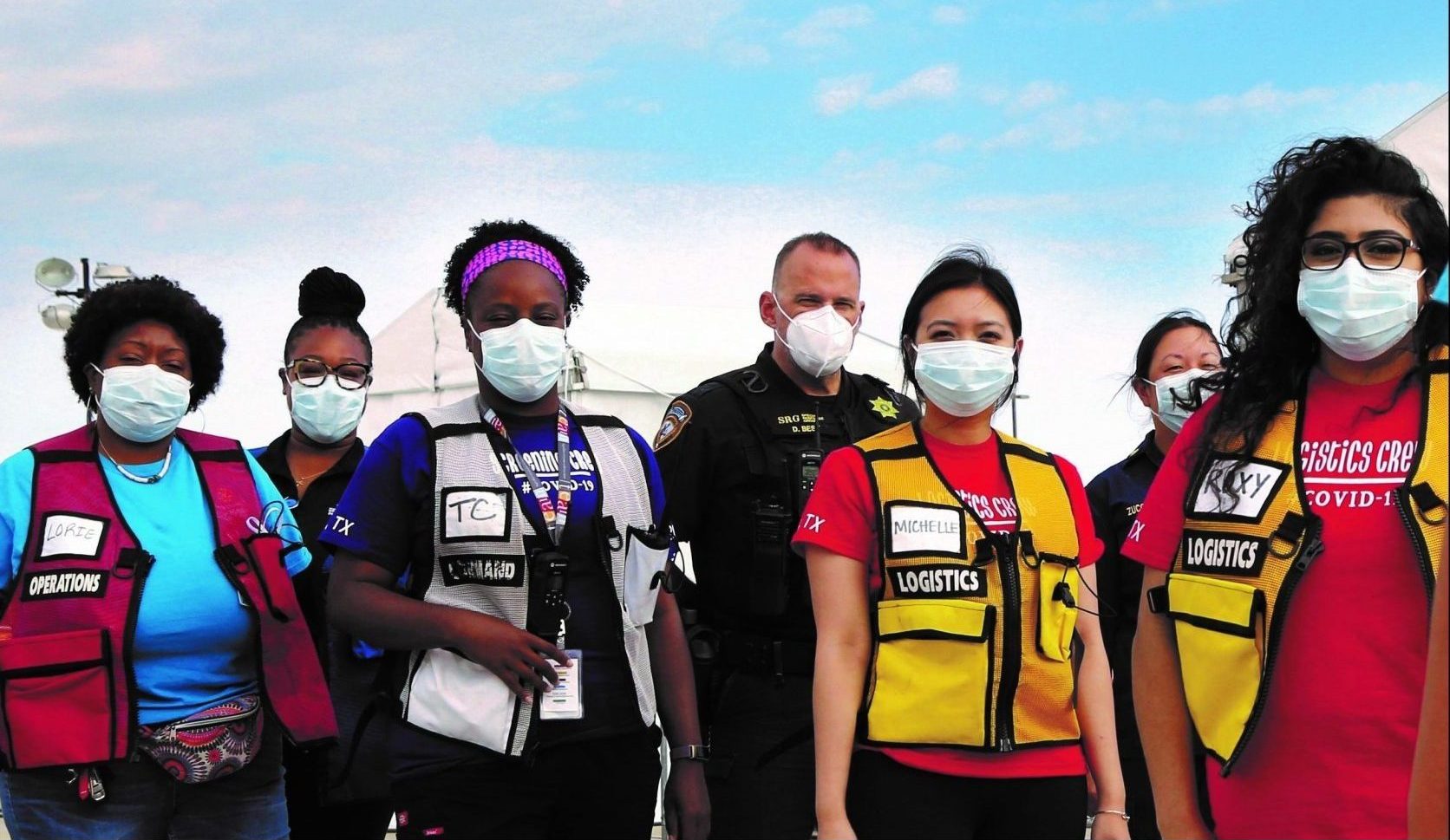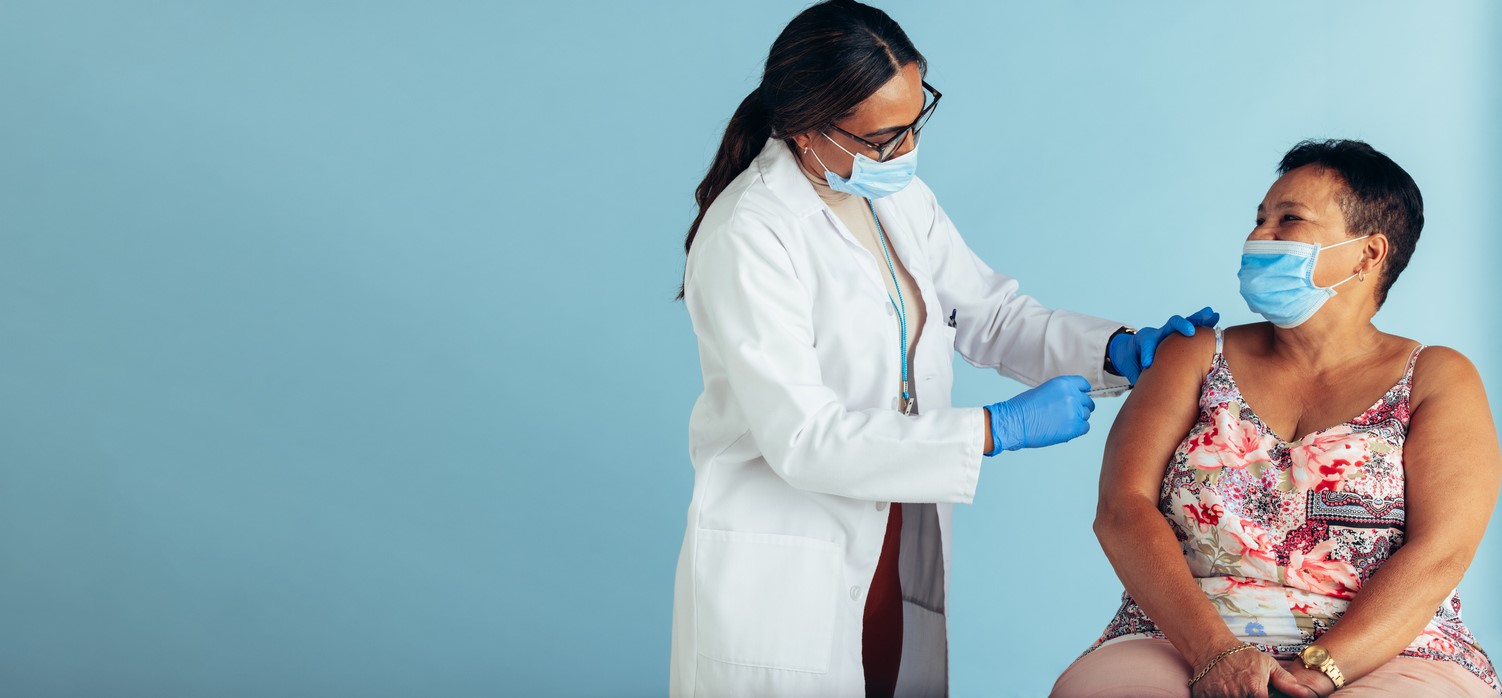Chair of the TFAH Board of Directors Gail Christopher, D.N. and President and CEO J. Nadine Gracia, M.D., MSCE released the following statement in recognition of Juneteenth, 2022
(Washington, DC – June 17, 2022) — “Juneteenth is a celebration of freedom. It’s also a day on which we should recognize that as a nation we have more work to do before all Americans are free from the burdens of social, economic, and health inequities.
Well over a century after the first Juneteenth, structural racism continues to have far-reaching impacts on health, well-being, and opportunity.
Our goal is to recommend policies that will advance the social, economic, and environmental conditions that promote health by ensuring equitable access to high-quality childcare, education, employment, safe and affordable housing, transportation, and healthcare for all Americans.”
Trust for America’s Health calls for the following policy actions to reverse the impact of structural racism in America:
- Make advancing health equity and eliminating health disparities a national priority. This includes increasing funding for programs that advance healthy equity, such as the Centers for Disease Control and Prevention’s (CDC) Racial and Ethnic Approaches to Community Health and Healthy Tribes Programs.
- Invest in multisector efforts to address upstream drivers of poor health through CDC’s Social Determinants of Health program.
- Target the elimination of poverty by increasing the minimum wage and expanding the Earned Income Tax Credit at the national and state levels.
- Increase access to high-quality healthcare for all by strengthening incentives to expand Medicaid in all states and by making marketplace coverage more affordable for low-and moderate-income people.
- Create a national standard mandating job-protected paid family and medical leave for all employees.
- Increase funding for programs that promote long-term security and good health for children and families, including programs designed to expand access to affordable housing, Head Start, Early Head Start, and nutrition support programs such as Healthy School Meals for All, the Supplemental Nutrition Assistance Program (SNAP), and the Special Supplemental Nutrition Assistance Program for Women, Infants, and Children (WIC).
For more information about these and other policy recommendations see these TFAH reports:
Leveraging Evidence-Based Policies to Improve Health, Control Costs, and Create Health Equity
Additional statement from the National Collaborative for Health Equity
The National Collaborative for Health Equity (NCHE) applauds the work of TFAH and supports these vital social policy actions. NCHE recognizes that we have to generate the public will for enacting and sustaining the needed policies. One vehicle for doing this is the Truth, Racial Healing, and Transformation (TRHT) work of communities across America. This work involves changing false narratives, building trusted relationships, as well as addressing the systemic and institutional legacies of the false ideology of the hierarchy of human value.
While the federal holiday, Juneteenth, enables us to celebrate the end of slavery, we must all remember that the beliefs that animated it for centuries lived on and continue to exist today. Racism must end.
Dr. Christopher is the Executive Director of the National Collaborative for Health Equity, in addition to her role as the TFAH Chair of the Board of Directors.




